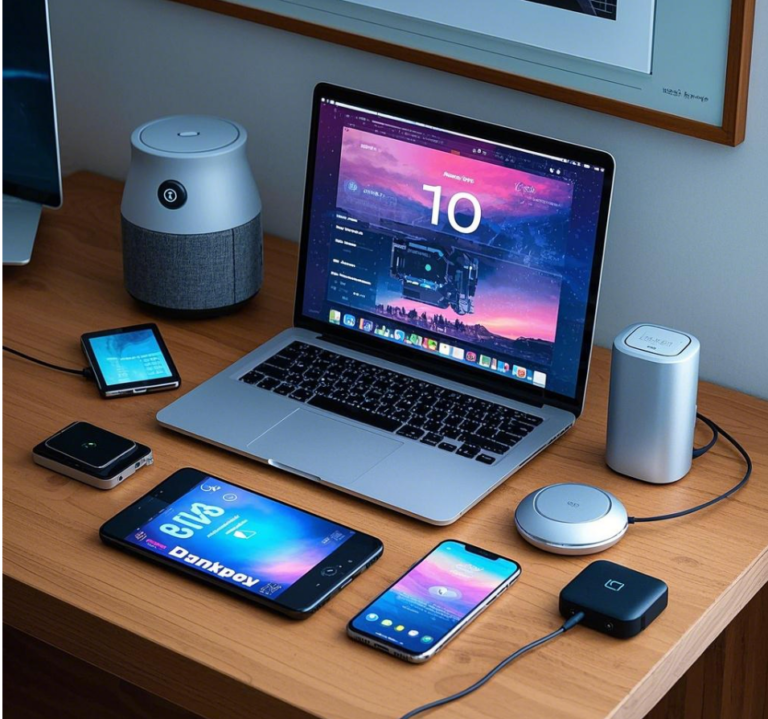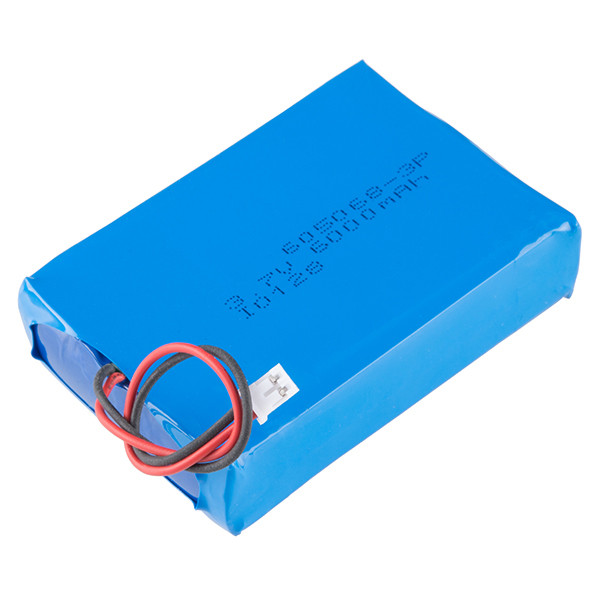LiPo batteries, favored for their safety and environmental friendliness compared to such alternatives as NiCd and NiMH, are the preferred choice among high-performance R/C vehicles. Despite the potential risks involved, correct charging, discharging, storage, maintenance, and handling play vital roles in preserving battery functionality. Below, we gathered commonly raised queries from R/C enthusiasts and consumers regarding lipo batteries.
Q: What does “battery cycling” entail? Why is it necessary? And how often should it be performed?
A: Battery cycling involves draining and recharging a battery to condition its ability to hold a full charge, thereby increasing its lifespan. Three cycles typically suffice. Frequent cycling is unnecessary.
Q: May I substitute a higher cell count battery provided it doesn’t surpass the speed controller’s and motor’s maximum acceptable voltage?
A: Yes, subject to meeting specified voltage limits, utilizing a higher cell count battery results in increased performance and endurance.
Q: Is it permissible to utilize a battery exceeding the recommended mAh rating?
A: In principle, yes, provided only the mAh value exceeds the specified range. This extends flight duration without adversely affecting longevity due to reduced stress.
Q: What level of risk are Lithium Polymer batteries associated with?
A: While potentially hazardous when mishandled, proper usage ensures minimal risks including following correct charging protocols and preventing discharge beyond rated capacity. Some experience issues with incorrect overcharging or mischarging models. Adequate understanding of charger operation and system draw before initiation is advised.
Q: How should I conduct battery charging?
A: The recommended charge rate for Li-Po batteries is 1C. Charger settings accordingly: for every 1000 mAh of battery capacity, set the charger to 1 amp (e.g., 2000mAh battery requires 2 amps; 3000mAh battery necessitates 3amps) Ensure the appropriate cell count setting. Overlooking incorrect settings, mainly detected by automatic detection, is a common cause of Li-Po fires. Charging a battery at 1C takes approximately an hour. Lower charge rates will prolong charging time slightly. Perfect Balance batteries can withstand up to a 2C charge rate.
Q: What is the optimal charging speed for a Lipo battery?
A: Lipos typically operate optimally with a 1C max charge rate; i.e., their milliamp charge mustn’t surpass their mah capacity. For example, a 500 mah Lipo shouldn’t exceed a charge rate of 500 milliamps (or 0.5 amps), while an 1800 mah Lipo would require up to 1800 mah (or 1.8 amps). PLEASE NOTE, this is vital information! Ensure your charge rate adheres to these guidelines. Charging slower than 1C could prolong the lifetime of your Lipos.
Q: How should I store my batteries?
A: For prolonged storage (over 1 month), cells should be charged to 70% capability (∼3.8v per cell) and periodically checked. The storage area should be temperate. For shorter durations, always recharge your batteries post-usage. Leaving them discharged may impair the battery’s voltage gradually causing damage.
Q: Is discharging my battery a necessity like for Ni-Cads?
A: Typically, no manual discharging of Li-Pos is recommended unless fully acquainted with their operation and safety procedures. Regardless of flight duration, simply place the battery onto the charger at a 1C or 2C rate.
Q: Do I need to physically disconnect my battery when finished flying?
A: Yes, we recommend removing/detaching the battery immediately after use for safety reasons.
Q: Can I integrate two batteries in my unmanned aerial vehicle (UAV)?
A: Yes, two matching batteries can be connected to a single receiver via a Y-harness without issue, provided both batteries maintain identical voltages. One battery is connected to the slot either independently or along with a servo. The second battery can similarly be inserted into another servo slot to serve as auxiliary power, synchronizing both batteries’ operation unless equipped with a dual battery switch. The latter feature halts the second battery’s activity until a specific threshold voltage is reached.
Q: Are Li-Ion Polymer batteries compatible with other battery types?
A: When multiple battery types are combined or older ones mixed with new ones, differing voltage, and capacity attributes may trigger premature exhaustion of the weaker battery, potentially inducing swelling, bursting, or fires. Therefore, care should be taken to avoid such scenarios.





